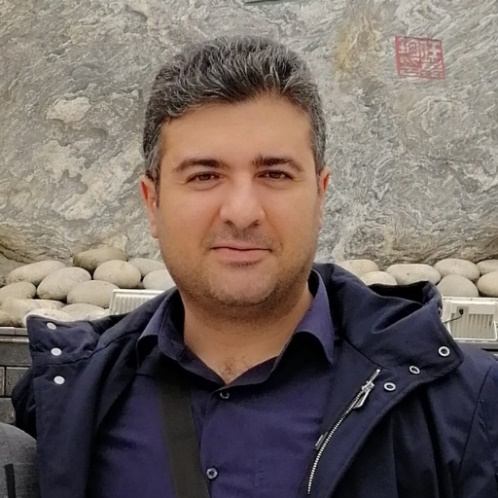报告题目:Synchronization in time-varying and adaptive networks
报 告 人:Sajad Jafari 副教授
报告时间:2023年12月07日15:30~16:30
报告地点:立功楼402
报告简介:
In intricate networks, the arrangement of connections, specifically the connectivity structure and coupling frameworks, significantly influences the behaviors of individual nodes, such as their synchronization state. Within this framework, time-varying networks have been recognized as more accurate models for investigating real-world phenomena. These time-varying structures typically adhere to predetermined time-variable rules. However, such pre-defined alterations may lack adaptiveness, potentially limiting the networks' flexibility. Conversely, introducing adaptivity to the time-variation rules can result in even more realistic networks. In real-world systems, the connections or interactions often undergo unpredictable changes over time. In essence, both time-varying and adaptive networks can be characterized as dynamic networks, continuously reconfiguring their structure based on predetermined rules. The dynamical states of the network's nodes influence these rules, particularly in adaptive networks. This adaptability mirrors the dynamic nature of real-world systems where unforeseen variations in connections or interactions occur, enhancing the authenticity of the network model. Within the synchronization domain, it has been unveiled that time-varying and adaptive networks possess the capacity to markedly influence network synchronization, often resulting in a considerable decrease in synchronization costs.
报告人简介:
Sajad Jafari was born in Kermanshah, Iran, in 1983. He received his BSc, MSc, and Ph.D. degrees in biomedical engineering in 2005, 2008, 2013 from the biomedical engineering department, Amirkabir University of Technology (Tehran Polytechnic), Tehran, Iran. He is currently an assistant professor there (since 2013). His research interests include nonlinear and chaotic systems and signals and mathematical biology. He is also interested in complex networks and collective behaviours in them, such as synchronization, Chimera states, and spiral waves. He serves as editor in the International Journal of Bifurcation and Chaos, International Journal of Electronics and Communications, and Radioengineering. He has been one of the highly cited researchers in 2019 and 2020, according to Clarivate Analytics. He also has won the COMSTECH award in mathematics (2019).





